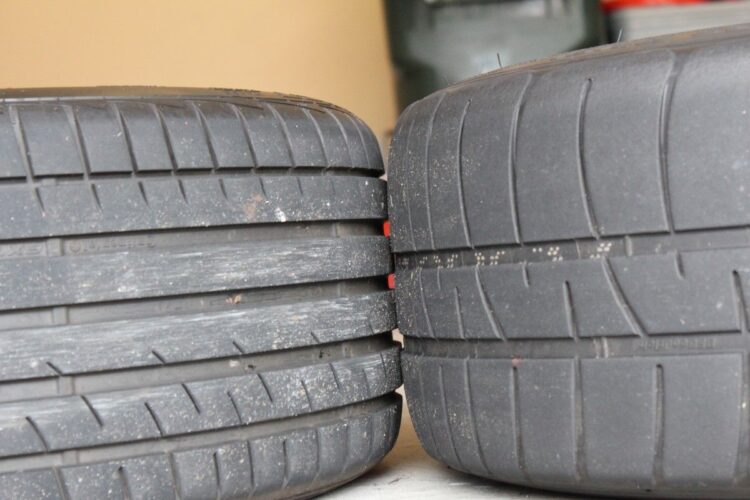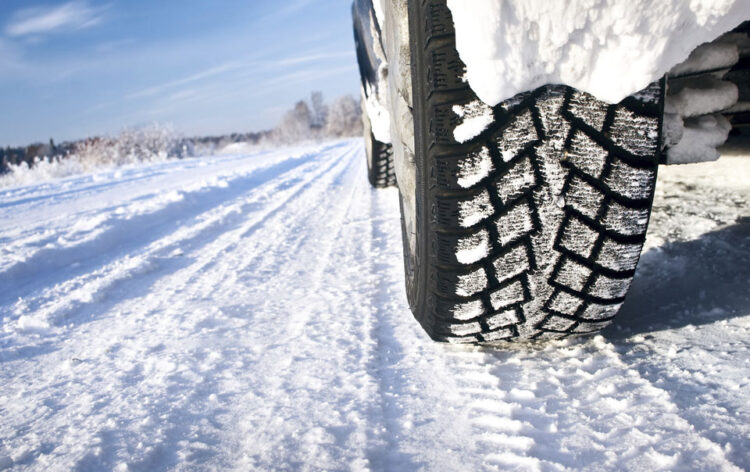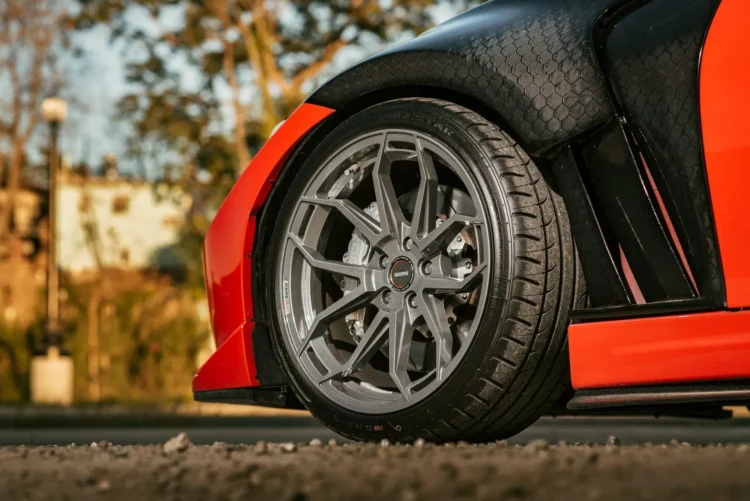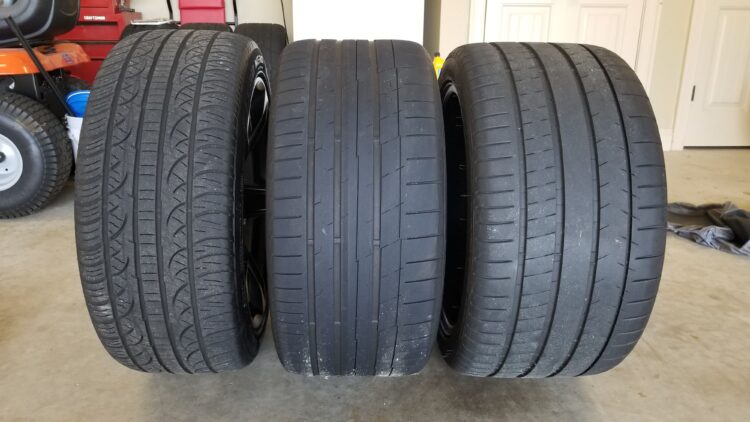Choosing the right car tires is crucial for ensuring safety, performance, and efficiency on the road. The type of tire you select can impact your vehicle’s handling and braking abilities, as well as fuel consumption.
Additionally, selecting the correct tire size and load rating ensures that your vehicle operates at its optimal level. Neglecting to choose the right car tires can result in reduced performance, increased risk of accidents, and costly repairs down the line. Therefore, taking the time to research and invest in quality tires is a smart decision for any car owner.
Comparing Tires by Type

Shopping for tires can seem overwhelming due to the wide variety of options available. However, understanding each type’s features and benefits will enable you to make an educated decision when it comes time to choose new ones for your vehicle.
In this article, we’ll lay out all the different types of tires and contrast their main characteristics so that you can find the right tire according to your driving needs. You could also use online tools and websites like wheelssize.com to assist with comparing tires side by side.
All-season tires
All-season tires are a fine choice for drivers who don’t want the hassle of having to alternate between summer and winter tires. Yet, in extreme weather conditions, their performance might not be as satisfactory compared to specialized winter or summer tires.
Most prominent features for comparison:
- Tread pattern: They typically have larger tread blocks for improved dry traction and smaller grooves for wet traction.
- Rubber compounds: They are formulated to be flexible in cold temperatures and to resist heat buildup in warm weather.
- Handling: All-season tires try to offer a balance between grip and performance, making them a good choice for everyday driving.
- Service life: All-season tires tend to have a longer lifespan than other types of tires, as they are designed to withstand a wide range of conditions and temperatures.
Winter tires

Winter tires are a good choice for drivers who frequently encounter cold, snowy, and icy conditions. They provide superior traction and handling in these conditions, improving safety and control. However, they should only be used in cold weather conditions, as they may wear more quickly and provide less grip in warmer temperatures.
Here are some of the main characteristics of winter tires:
- Tread pattern: Winter tires often feature more pronounced grooves and rougher tread patterns for enhanced grip when driving in the snow.
- Rubber compound: Crafted with a rubber compound designed to remain flexible in frigid climates while fighting against any hardening or cracking that could occur.
- Handling: Offer enhanced maneuverability and balance when driving on snow or ice-covered surfaces, ensuring a safe journey no matter the weather.
- Braking: Winter tires are designed to provide shorter stopping distances in cold, snowy, and icy conditions.
- Noise: These tires tend to be noisier than all-season or summer tires due to their more aggressive tread pattern.
Summer tires
Summer tires are the peak of safety and performance in hot weather. Characteristics that make summer tires superior include:
- Tread pattern: Summer tires typically have a tread pattern with fewer grooves and more solid rubber for better contact with the road surface, improving traction and handling on dry roads.
- Rubber compound: The summer rubber compound is optimized for warm weather conditions. It is softer and stickier than the rubber used in all-season or winter tires, allowing for better grip on hot and dry roads.
- Handling and cornering: Summer tires provide excellent handling and cornering performance. The stiff sidewalls and wider tread patterns allow for better stability and responsiveness during high-speed maneuvers.
- Wet traction: The tread patterns are designed to efficiently manage the distribution of water, reducing your risk for hydroplaning and ensuring reliable traction.
High-performance tires

High-performance tires provide drivers with enhanced control, grip and speed. Key attributes of these tires include:
- Tread pattern: Crafted to maximize your safety and control on dry terrain, high-performance tires boast fewer grooves and more solid rubber in their tread pattern.
- Handling and cornering: The stiff sidewalls and wider tread patterns allow for better stability and responsiveness during high-speed maneuvers.
- Speed & Braking: High-performance tires have a higher speed rating than standard tires and so they are optimized for quick and efficient braking allowing for shorter stopping distances.
Tire Comparison by Size and Rating
Selecting the ideal tire size for your car involves considering various components. To begin, you should take a glance at the manufacturer’s specifications in either your owner’s manual or on the driver’s side door jamb sticker, which will list details such as width, aspect ratio and diameter. This is vital information when selecting tires that provide maximum safety and performance for your vehicle.
It’s just as important to understand tire ratings and how to interpret them. The most common ratings include speed rating (indicating the maximum safe speed at which a tire can operate), load index (indicating the maximum weight capacity of a tire), and treadwear rating (indicating how long a tire is expected to last). By understanding these ratings and selecting tires that meet your specific needs, you can ensure optimal performance and safety on the road.
Tread Design and Performance
When it comes to tire tread patterns, there is a variety of options available. Symmetrical patterns offer an enjoyable ride and exceptional traction on wet roads. Asymmetrical models, however, are crafted for improved handling and grip in dry weather, while directional variants excel at water evacuation – ideal should you be driving in the rain.
When selecting tires, tread wear rating is a must-have. It tells you how long the tire will be able to serve its purpose before needing replacement. The higher the score, the further it can take you – so make sure to prioritize those with a high tread wear grade for optimal cost-per-mile performance over time.

Other Factors to Consider when Comparing Tires
When selecting the correct tires, several aspects must be taken into account. The driving climate should be at the forefront of your mind. If you live in an area where snow or abundant rainfall is present regularly, then high-traction and water-resistant tires may serve you best. On the other hand, those who often take their car on backcountry roads or offroading could benefit from a set of rugged and hardy tires that can tolerate any terrain they encounter while providing optimal performance.
However, that’s not all. Your driving style and tastes matter too! If you’re looking for a luxurious ride full of serenity, be sure to consider tires tailored for smoothness and quietness. On the other hand, if you live for speed, then keep an eye out for performance-oriented tires designed especially with thrill seekers in mind.
When you combine all these factors, you’ll be well on your way to picking out the perfect set of tires for your ride. So go ahead and hit the road with confidence!
 Hi Boox Popular Magazine 2024
Hi Boox Popular Magazine 2024



